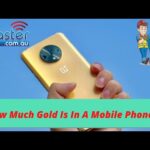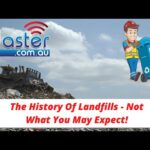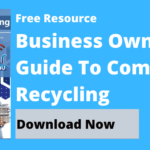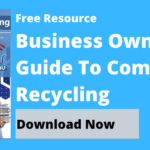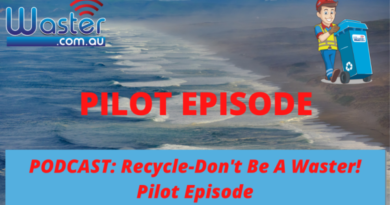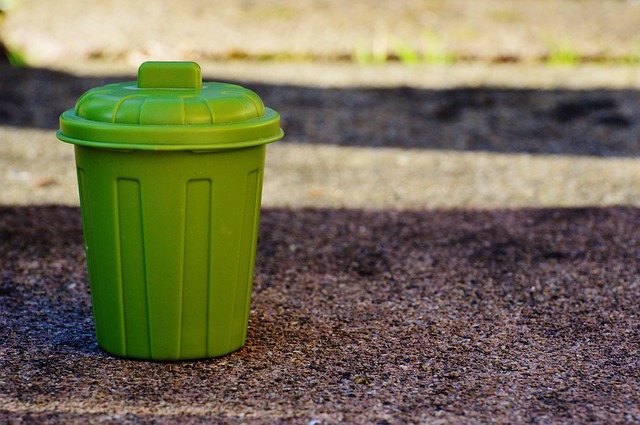Car Seat Recycling In Australia 🚗
Energy Disrupter
Car Seat Recycling 🚗: As a responsible parent, you should always make sure your child is safe.
One way you can do this is by making sure he/she is safe when travelling with you through your car. You should provide your child with a comfortable, yet sturdy car seat.
>Download Now: Free PDF Business Owners Guide To Commingled Recycling Bin Services
According to a FAQ page of Exchange, car seats reduce the risk of injury by 71 per cent to 82 per cent. Additionally, it also reduces the risk of death by 28 per cent, compared to if the child is only wearing a seat belt.
But what do you do if your child outgrows your car safety seat? Or what if the car seat gets a quite a bit old with you needing a new one for your child? Do you donate it? Do you dispose of it? Or do you recycle it?
Let us discuss this even further. Read on to learn more.
A bit about Waster
Before we go further into the topic about car seat recycling, let me first discuss with you Waster.
Waster is an innovative solution for your waste management and recycling needs. Instead of the typical lock-in contracts that other companies offer, Waster offers flexible, 30-day contracts that prove to be much better.
Click on the blue button to learn more.
Read more: See blog on planned obsolescence.
Car seat recycling: all about your child’s car safety seat
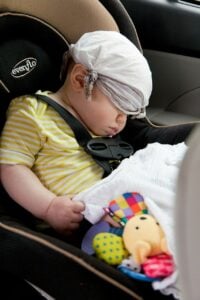



Before anything else, let us first talk about the recyclability of car seats. Are they recyclable?
Apparently, yes they are! Based on research, 90 per cent of a child car seat contains recoverable and recyclable materials. Furthermore, this includes the different parts of child car seats like rear-facing infant carriers and bases, forward-facing seats, and booster seats.
However, you cannot throw them into your recycling bin. The reason for that is because it is composed of different materials which can be quite difficult to segregate with the current recycling machinery we have in facilities. Therefore, you should instead look for recycling centres dedicated to recycle such items.
How many recycling centres accept car seat?
Now, how much car seats are disposed of every year? The answer: 200,000. Unfortunately, most of these disposed of car seats go into landfill. Only a few of them are actually recycled. But the question is “why?”
As already mentioned above, that is because they are made from a mixture of materials. Components of a car seat must include rigid plastic, metal, and fabric. Additionally, they are strongly bonded together, so recycling a car seat is hard.
Some recycling centres don’t accept them because of this. For this reason, what alternatives can we do to properly dispose of car seats while only limited options exist?
Car seat recycling: other ways done
In order to avoid car seats going into landfill, we must find alternatives to do if car seat recycling is not possible in your area.
Let me enumerate some alternatives to car seat recycling:
Donating
The first alternative to car seat recycling is donating. If you cannot find a recycling centre that caters to your car seat recycling needs, then why don’t you just donate it?
Maybe your relatives need it. Or maybe someone you know at work? Either way, donating it is much better than disposing of it in the waste bin, eventually going into landfill.
But first, as stated by RACV, make sure that your car seat:
- meets the Australian standard – in Australia and in New Zealand, this means that the old car seats should have a sticker containing AS/NZS 1754.
- is up to date – avoid donating a car seat older than 10 years old.
- must be in good condition – before donating, make sure to check if your old car seat is in a terrific condition.
- is well-documented – you should know the history of your car seat before donating it to others. If it was already involved in a car accident, make sure to destroy it and not put it for sale.
- has a high safety rating – check ChildCarSeats for your car seat’s safety rating.
- should be suitable for their needs – will it fit in the car of the person whom you’re donating to? Is their child comfortable with it? Is it the right size?
- has an instruction manual – make sure your car seat has an instruction manual that you can provide to the person you’re donating to.
Incineration
Another alternative to car seat recycling people do is through putting it in an incineration facility.
Incinerating car seat creates energy such as electricity and fossil fuels. Additionally, it recovers any metals which can be used to create other products.
But there is a disadvantage in incineration. This includes climate change, air pollution etc. So, we suggest that you consider this only if you have no other better alternatives.
Read more: See blog on spray paint recycling.
Hard rubbish classification
Another thing to consider is the hard rubbish collection. Let us first discuss what it is and how it can help in car seat recycling.
An item is classified as hard rubbish if it cannot fit in a regular bin. Items like fridges, couches, cupboards, wardrobes, televisions, mattresses, building material and many others. When you deal with hard rubbish, you should consult with your local recycling centre first. They should have a program that takes and deals with your hard rubbish.
A new car seat recycling scheme
Parents wanting to deal with already-unneeded or old child car safety seat will now have a more viable option of dealing with it thanks to a future program or recycling scheme.
Through the National Product Stewardship Investment Fund (NPSIF), and in accordance with the National Waste Policy Action Plan, SeatCare has gone strong and aims to provide the public a safe way to dispose of their child car safety seats for recycling.
Currently, there is no program to support the take-back of old child car safety seats in Australia. A trial in 2018–2019 found there is a growing public desire for a program and that it is feasible to recover the seats and dismantle them.
In addition…
SeatCare aims to provide parents and carers with a free and environmentally friendly option for disposing of their old child car seats. By collecting and disassembling the seats onsite, the program aims to divert in excess of 900 tonnes of waste from landfill.
It is expected that the SeatCare scheme will accept a variety of child car safety seats and associated accessories, including rear-facing carriers and forward-facing seats; booster seats; car seat and carrier frames, as well as strapping; and items that attach directly to the seat or carrier supported by the manufacturer.
The program is planned to commence in 2021 and, if successful, will be rolled out nationally over two to three years.
Car seat recycling: conclusion
Before thinking about anything else, you should always prioritise your child’s safety. Pick the best and up-to-standard car seat there is in Australia.
Regarding the old ones, try to contact your local council and check to see if they offer car seat recycling services. If they do, good! If not, there are other options you can opt to do, all for the efforts of avoiding it going into landfill. Additionally, you can also opt to ask questions about the hard rubbish collection to make sure that your old car seat gets recycled.
And please remember, do not use car seats that are older than 10 years. That may put your child in more danger if you use car seats like that.
Waster’s take
Here at Waster, we highly encourage you to always check your car seat. Make sure that it is up-to-date and built perfectly in order to keep your child protected.
If it is too old to use, we recommend disposing of it in the proper waste bin in order for it to be treated and recycled.
Check out our waste recycling shop and find out what waste management service you need!
Waster: Waste Management For Smart Businesses
Read more: See blog on Christmas recycling facts.





